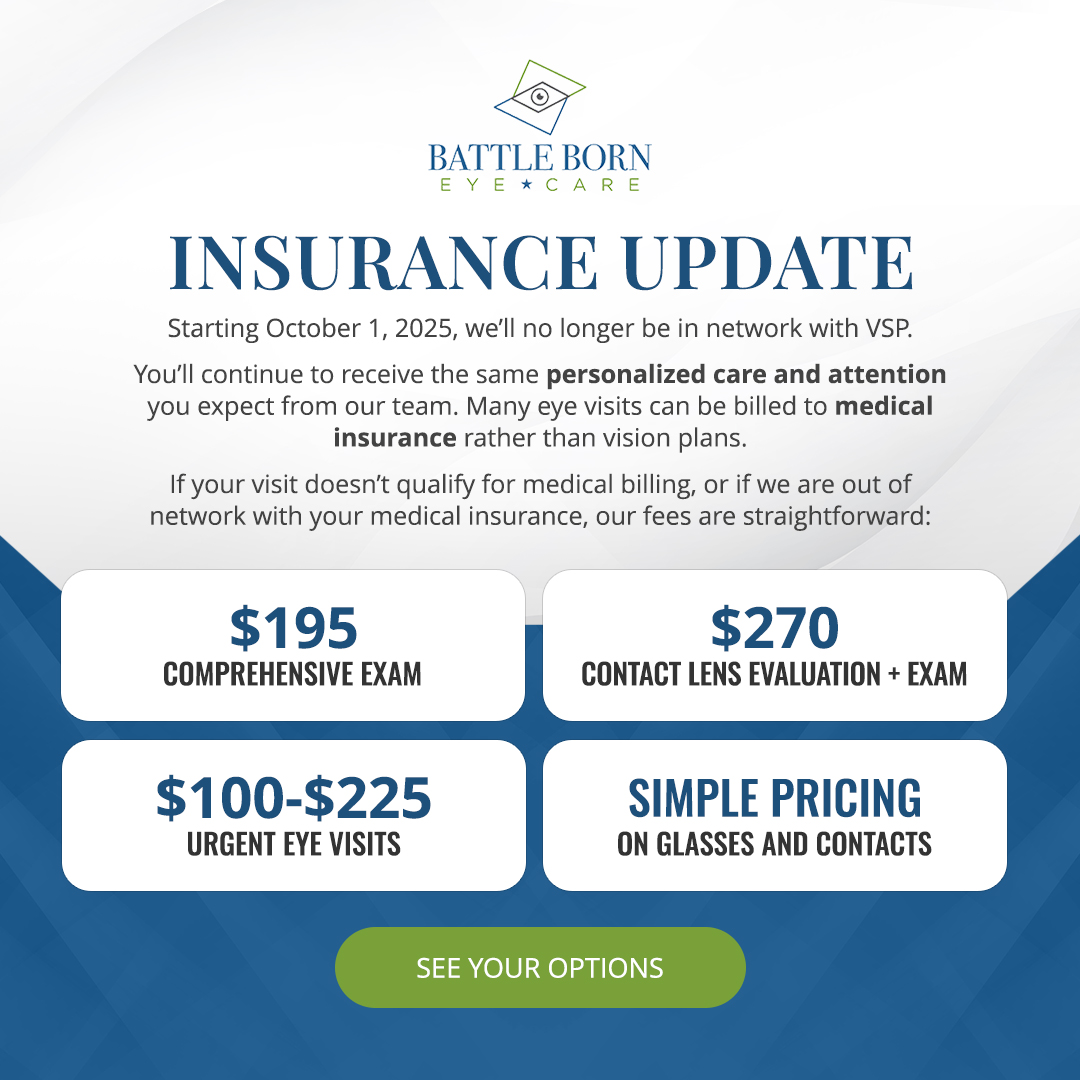
Keratoconus is a progressive eye condition that affects the shape and clarity of your vision. It occurs when the normally round cornea (the front surface of the eye) thins and bulges into a cone-like shape. This irregular shape prevents light from focusing correctly on the retina, resulting in distorted and blurred vision. Understanding how keratoconus develops and progresses over time can help patients recognize symptoms early and explore treatment options that can protect their sight.
Early Stage: Subtle Changes in Vision
In the initial stages, keratoconus can be difficult to detect without a comprehensive eye exam. Patients might notice mild vision changes, such as slight blurriness or increased sensitivity to light. Glasses or soft contact lenses often provide adequate correction at this point. However, because the cornea’s shape continues to change, prescriptions may need frequent updates—sometimes every few months.
Moderate Stage: Increasing Distortion and Irregular Astigmatism
As keratoconus progresses, the cornea continues to thin and steepen, causing more pronounced visual distortion. Astigmatism becomes irregular, meaning standard corrective lenses no longer align properly with the corneal surface. Patients may experience halos around lights, double vision, or increased glare - especially while driving at night.
This is often when specialty contact lenses, like scleral lenses, become a key part of treatment. Unlike standard lenses that rest directly on the cornea, scleral lenses vault over it and sit on the sclera (the white part of the eye). This design creates a smooth optical surface that masks corneal irregularities and restores clearer, more stable vision.
Advanced Stage: Significant Corneal Thinning
In advanced cases, the cornea may become extremely thin and fragile, leading to scarring or swelling (hydrops). Vision at this stage is often severely impaired, and even scleral lenses may not fully correct the distortion. For some patients, surgical intervention - such as corneal cross-linking or, in severe cases, a corneal transplant - may be required to preserve vision and strengthen the cornea’s structure.
Long-Term Management
Keratoconus typically progresses over several years before stabilizing. The rate of progression varies from person to person, and early detection plays a major role in maintaining good vision. Regular eye exams allow your optometrist to track corneal changes using topography imaging and adjust your treatment plan as needed.
At Battle Born Eye Care, we specialize in fitting custom scleral lenses designed specifically for patients with keratoconus. These lenses not only improve vision but also protect the cornea from further irritation and damage.
Protect Your Vision with Expert Keratoconus Care
Keratoconus is a lifelong condition, but with proper management and early intervention, vision can often be preserved and even improved. Scleral lenses provide an effective, comfortable solution for many patients, allowing them to enjoy clearer vision and a better quality of life.
If you’ve noticed changes in your vision or have been diagnosed with keratoconus, we’re here to help. Schedule an appointment at Battle Born Eye Care to discuss your treatment options and discover how custom scleral lenses can help protect your sight for years to come. Visit our office in Reno, Nevada, or call (775) 360-6446 today.











